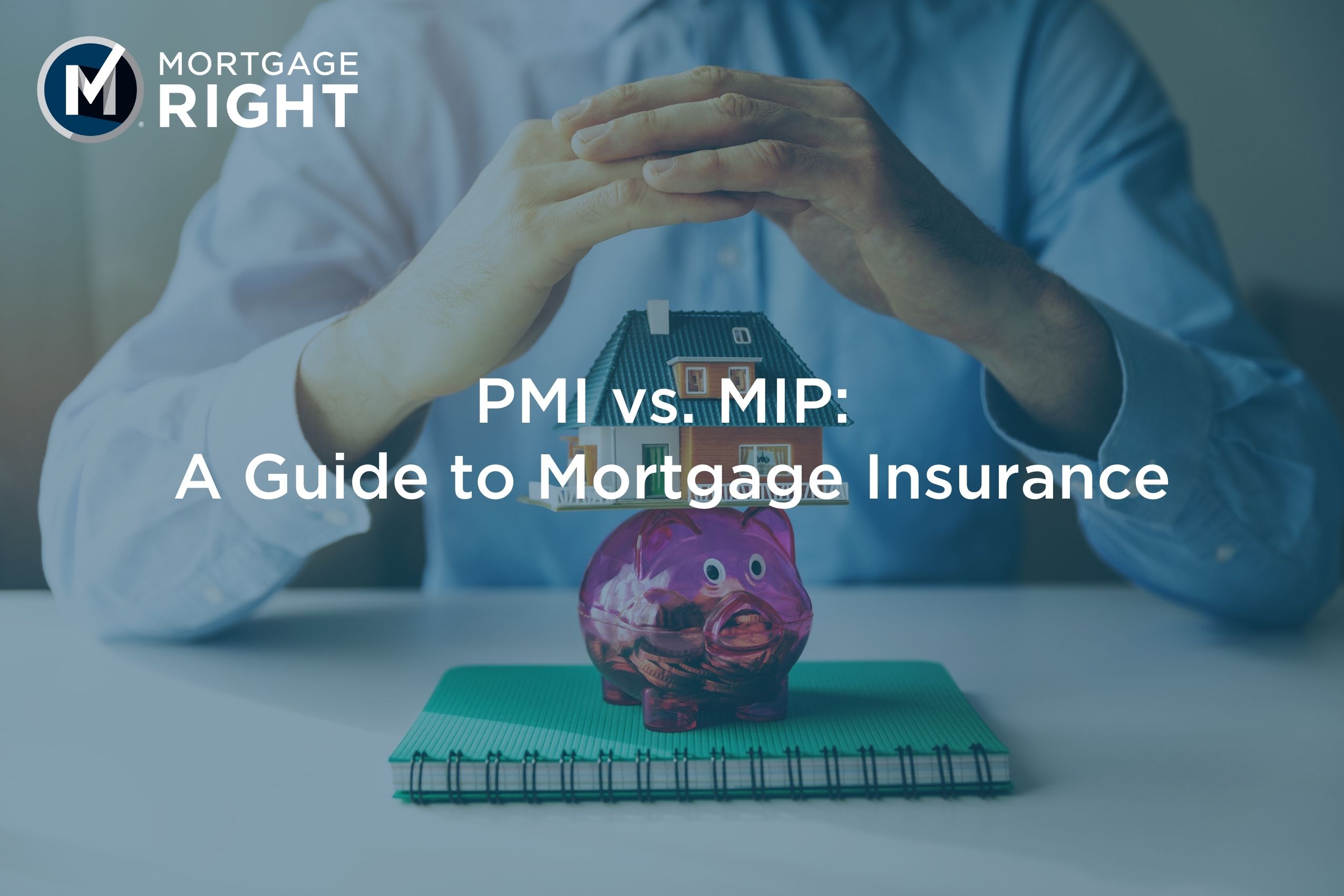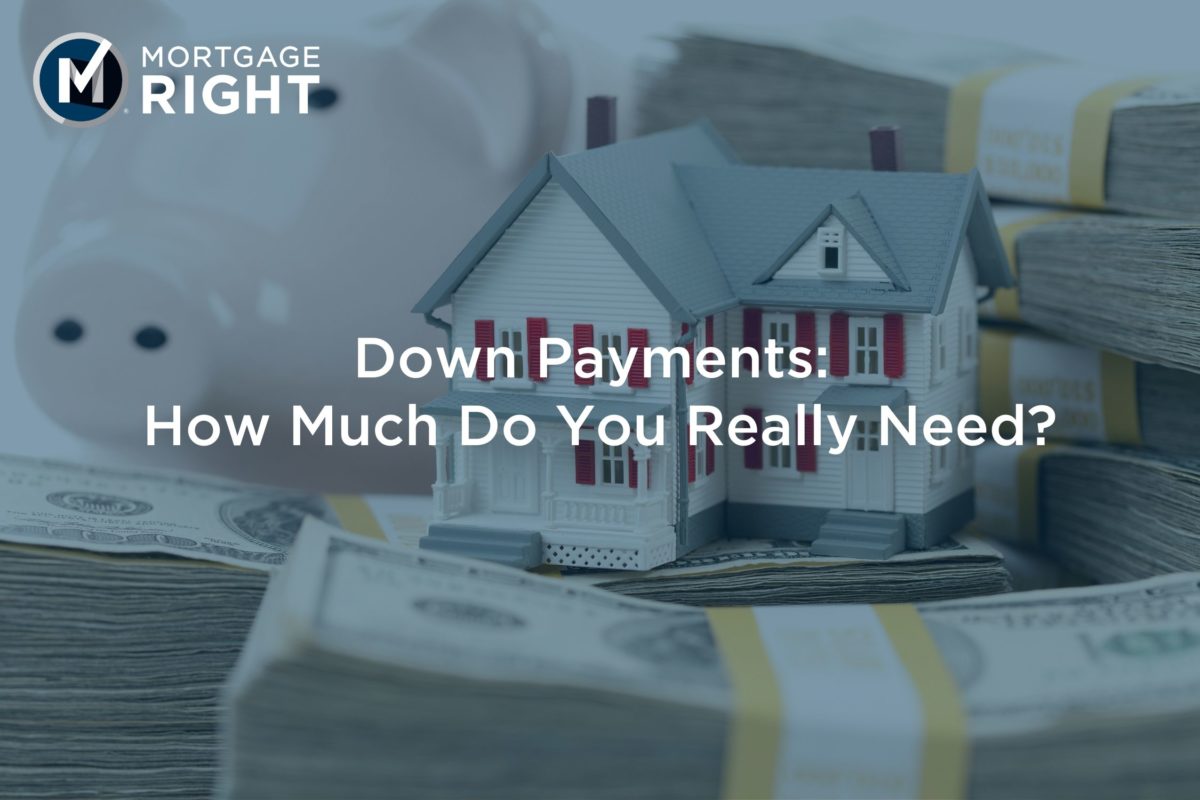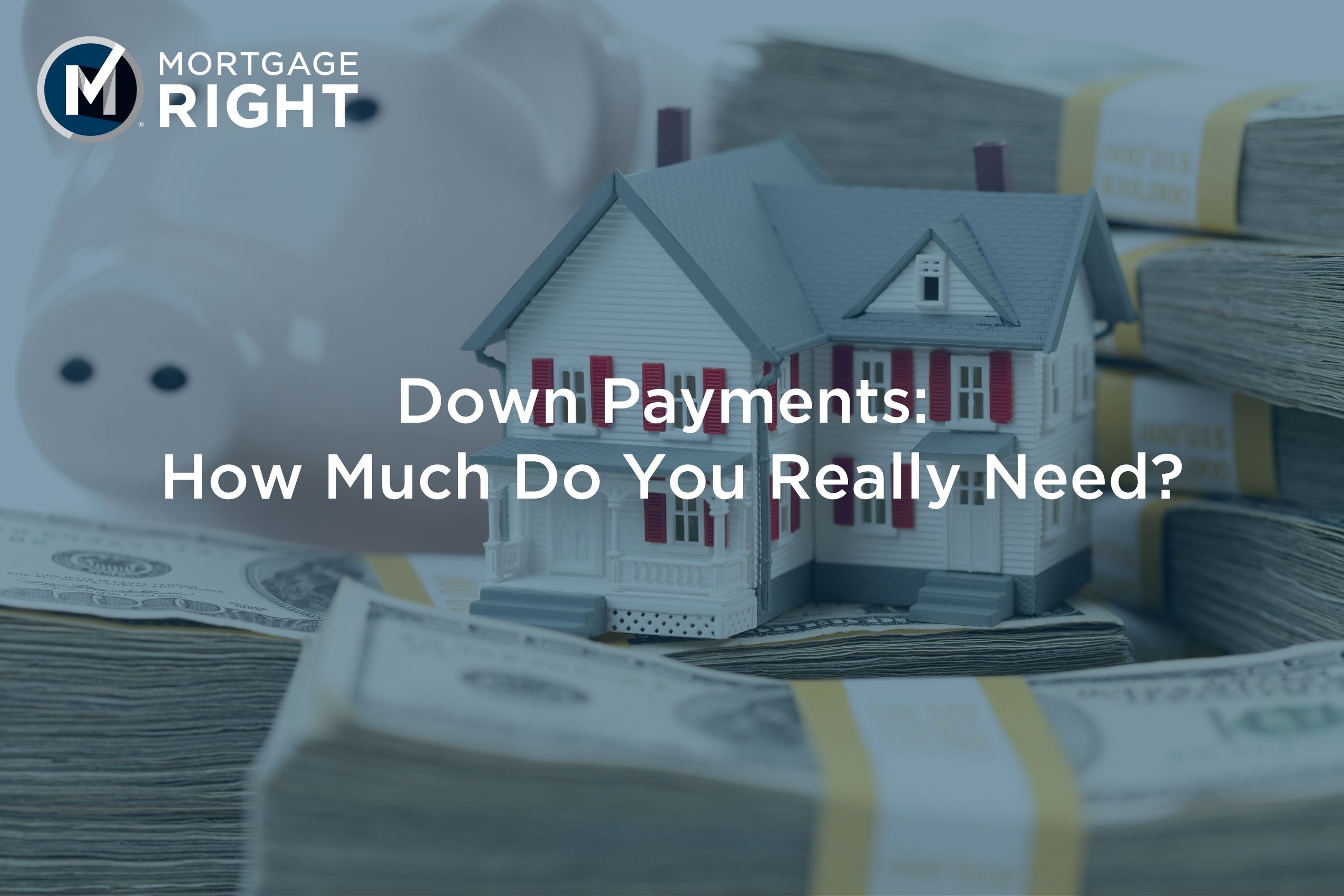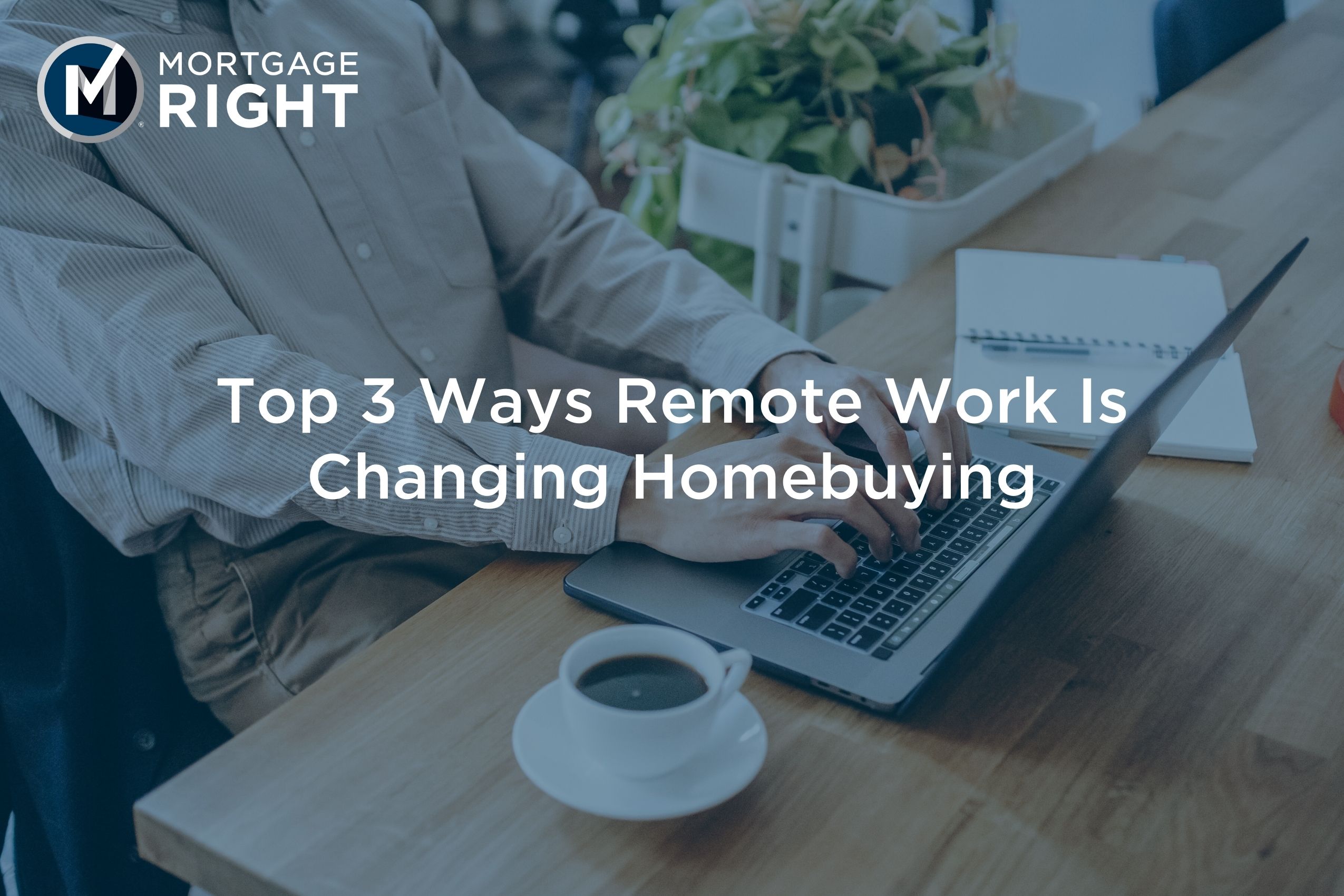
We get it. Today’s home-buying landscape can leave many first-time homebuyers wondering if they’re making the right choices when it comes to securing a mortgage. The good news is, you don’t have to go into this blind. Let’s look at five common mistakes homebuyers make and how to avoid them.
Making a down payment that’s too small
Contrary to popular belief, you don’t always have to make a 20% down payment to purchase a home. Some loan programs will allow you to put as little as 3.5% on the table, or no down payment at all. Now, you might be thinking, of course I’m going to go with the option that takes the least out of my pocket upfront. But paying a smaller down payment does not suit everyone’s needs.
Smaller down payments might lessen the hit to your savings in the short term, but you will be left with larger monthly mortgage payments as a result. On the flip side, going into a home purchase with a larger down payment might deplete funds you had saved up for other situations.
Use this advice to avoid a setback: The solution to the question of “which down payment amount is best?” comes down to one thing—your judgment. You’ll want to decide on a down payment (and supporting loan program) that will guarantee a monthly mortgage payment you’re satisfied with. If you’re aiming for a higher down payment, save more beforehand. If a lower down payment is more your style, make sure your finances can withstand a higher monthly payment.
Not checking credit reports and correcting errors
Your credit report is one of the “holy grail’ documents lenders use when deciding whether to approve your loan and at what interest rate. If there are any errors, unknown or otherwise, in your credit report, it could lead to a lender landing you with a higher interest rate than you anticipate. That’s why it’s so important to make sure your credit report is accurate.
Use this advice to avoid a setback: Now more than ever, it’s easier to get access to your credit report. Request a free credit report from the three main credit bureaus to check for discrepancies. From there, you can dispute any errors you notice.
Ignoring VA, USDA, & FHA loan programs
Making a small down payment is at the top of the list for many first-time homebuyers. But they aren’t always aware of the benefits that come with government-backed loan programs. VA, USDA, and FHA loans often make it easier to buy a home by requiring as little as zero down.
Use this advice to avoid a setback: Learn how these loan programs can benefit you:
- VA – For the majority of military borrowers, the VA loan program is the most beneficial. These versatile, $0-down payment mortgages have made it possible for more than 24 million service members to achieve their dream of homeownership.
- USDA – A USDA (United States Department of Agriculture) loan is a government-backed loan that allows lenders to offer borrowers lower rates and no down payment. This loan aims to boost rural economies and build a better quality of life for rural communities across the nation. The USDA makes this possible by creating a more affordable option for families looking to buy a new home.
- FHA – An FHA loan is a mortgage insured by the Federal Housing Administration. With a minimum 3.5% down payment for borrowers and a wider range of acceptable credit scores, FHA loans are popular among first-time homebuyers who have little savings or have credit challenges.
Emptying your savings
For most homebuyers, savings are an integral part of the home-buying process. That’s why you should make sure you have enough funds stashed away to pay for the cost that comes with a home purchase.
Having ample savings is especially important for borrowers who buy older or previously owned homes. Why? Because more often than not, home repairs or renovations will be on your to-do list, and if you blow through your savings, you might find yourself dealing with a leaky roof longer than you want to.
Use this advice to avoid a setback: Be sure to save enough money to make your down payment, pay for closing costs and moving expenses, and tackle any repairs that may crop up. Your lender will provide estimates of closing costs. MortgageRight also has a great Renovation Loan option that you can make the most of!
Applying for credit too soon
Once you apply for a mortgage, the financial choices you make between that moment and the date you close on your home are crucial. During this period, you shouldn’t make any financial decision involving opening new lines of credit.
Use this advice to avoid a setback: If you need to get a new credit card, finance a new car, or make any other large purchase using credit, be sure to do it after your mortgage loan closes to avoid any unwanted surprises.
Make the RIGHT choice with us!
Mistakes are a part of life, but they don’t have to be a part of your home-buying experience. If you have any questions about the do’s and don’ts of getting a mortgage, or you’re ready to take that first step, contact us today, and we’ll guide you home.























